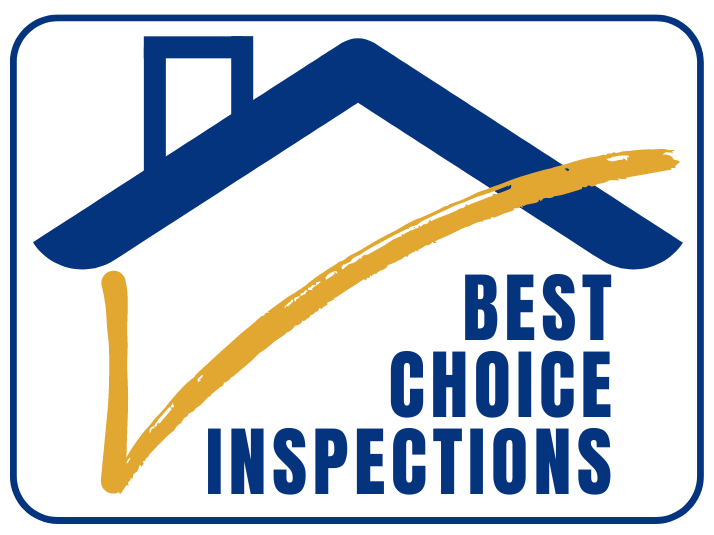Most trees are long-term neighbors—quiet, dependable, and usually no trouble at all. But sometimes a tree outgrows its place, becomes a hazard, or just starts falling apart. Ignoring the warning signs can cost you in damage, stress, and safety. If you’re wondering whether to remove a tree in your yard, here’s how to tell.
Remove a Tree if It’s Leaning in the Wrong Direction
Trees don’t usually lean overnight. A gradual tilt can mean root damage, unstable soil, or internal decay. If you notice a lean getting worse or if the tree is tilting toward your house, driveway, or power lines, it’s not something to wait on. Even if it hasn’t fallen yet, a compromised root system means it could come down in the next storm—or on the next calm day with no warning.
Large Dead Branches are Falling Regularly
It’s normal for trees to drop a branch here and there. But when you start noticing large, dead limbs crashing down—even without wind—that tree is signaling a bigger problem. Dead branches can indicate disease, internal rot, or structural failure. If a tree is dropping limbs over driveways, roofs, or play areas, it’s past due for an expert look, and often removal is the safest option.
The Tree is Clearly Dead or Dying
Some trees die quietly, while others show signs for months. If the entire canopy is bare in growing season, bark is peeling in sheets, or the trunk sounds hollow when tapped, you’re likely looking at a dead or dying tree. Once dead, a tree quickly becomes unstable. It might still be standing today, but it won’t stay upright forever.
You’re Seeing Root Problems
Root damage is one of the hardest things for homeowners to spot—but it’s a major factor in whether a tree is safe. If you see mushrooms growing in a ring around the base of the trunk, cracked soil, or exposed, broken roots, there’s a strong chance that the foundation of the tree is failing. Surface roots lifting sidewalks or foundations also pose liability risks that removal can solve.
There’s Major Trunk Damage or Cavities
A tree with a large vertical crack, missing bark, or a hollow area in the trunk isn’t just a little rough around the edges—it may be structurally unsound. Deep cracks and cavities weaken the tree’s core strength and make it more likely to fail under stress. If the trunk damage affects more than 30% of the tree, most arborists will recommend removal.
It’s Causing Damage to Your Property
Sometimes the issue isn’t the tree’s health—it’s what it’s doing to the rest of your property. Roots invading your plumbing, branches scraping shingles, or a canopy blocking all your sunlight can all be valid reasons to take it down. Even a healthy tree can become a problem if it’s creating costly maintenance issues or reducing your usable space.
Remove a Tree if It’s Badly Damaged in a Storm
Storms can split trees, shear off major limbs, and leave them hanging on by a thread. If a storm has left your tree leaning, half-stripped, or with an open wound at the trunk, it might not recover. Quick removal after storm damage can prevent future property damage or injuries.
FAQs on When to Remove a Tree
Can I remove a tree myself?
It’s not recommended unless the tree is small and in a completely open area. Larger trees, or those near structures or power lines, require professional equipment and expertise. It’s not worth the risk to your safety or property.
How much does tree removal usually cost?
Costs vary depending on the size, location, and condition of the tree. A small, easy-to-access tree might cost a few hundred dollars. Larger or more complex removals can reach into the thousands. Most reputable companies will offer a free quote.
Do I need a permit to remove a tree?
Some cities and counties require permits, especially for large or protected tree species. Check with your local municipality or HOA before scheduling removal.
Can a sick tree be saved instead of removed?
Sometimes. If caught early, certain diseases and pests can be treated. But if the tree is too far gone—losing limbs, rotting internally, or heavily infested—removal is often the only safe option.
How do I choose a tree removal company?
Look for one that’s licensed, insured, and experienced. Ask for references and make sure they use proper safety equipment. A certified arborist on staff is a good sign you’re working with a knowledgeable team.
Best Choice Inspections offers home inspections in Knoxville, TN, and the surrounding area. Contact us to schedule an appointment.

